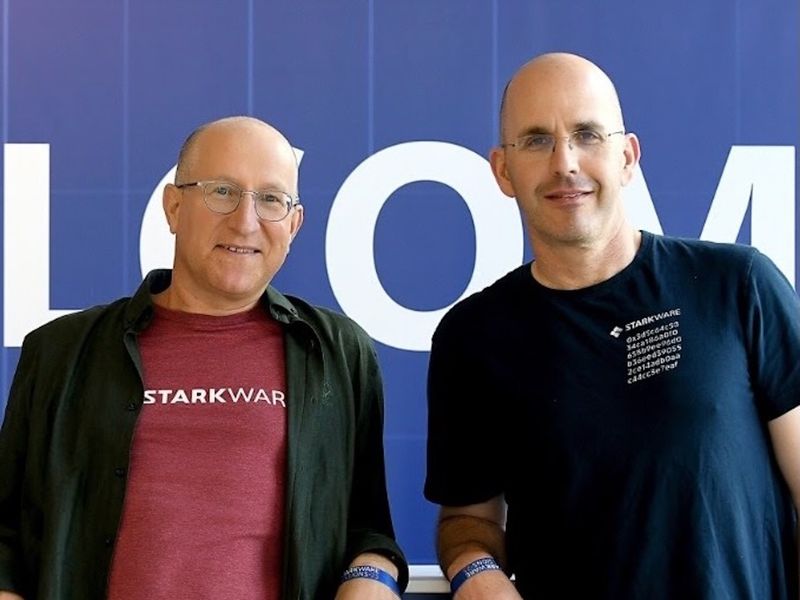DeFi Lender MarginFi Fuels Growth With Loyalty Points, Spurring Talk of ‘Solana Renaissance’
Delta’s frequent flyers earn miles for flights. Wawa convenience stores give loyal customers discounted hoagies. MarginFi, a lending platform for cryptocurrencies on the Solana blockchain, also has a points-based rewards program.
What are the points for? MarginFi won’t say. But many users told CoinDesk they’re convinced points will turn into potentially lucrative tokens. This belief is spurring droves of airdrop farmers to borrow and lend on the Solana ecosystem’s fastest-growing protocol.
That’s paying dividends for MarginFi. The protocol is experiencing its strongest growth ever after incentivizing user activity with points. This two-week-old experiment in gamification has nearly quadrupled MarginFi’s total value locked (TVL), breaking the $10 million mark earlier this week.
While hardly earth shattering on a relative basis – MarginFi is the 14th largest protocol by TVL on a chain whose entire ecosystem is 85 times smaller than Ethereum’s – the program is turning into a bright spot for certain corners of Solana-based DeFi. Some of the more bullish observers think it holds the makings of a second “Solana Summer,” a season of growth.
“We’ve been in a bear market for the past year and a half, but we’re starting to see things blow up again in the right direction,” said Christian Cuffy, head of business development for cybersecurity firm OtterSec, on a Twitter spaces on Wednesday.
MarginFi’s points system tracks “how much a user has contributed to the ecosystem’s success,” according to a July 3 blog post. The program rewards borrowers with four points per dollar deposited, while lenders get one-for-one. The longer the term, the more points earned.
MarginFi founder Edgar Pavlovsky declined to comment on speculation the points would lead to a token airdrop.
Other crypto projects have relied on point systems as a metric for distributing tokens to users. Communities can use these governance tokens to vote on how a protocol operates. Some protocols believe this process helps them “decentralize,” a core ethos of crypto.
Of course, there’s the free-money angle. Tokens are volatile and potentially lucrative assets that recipients can try to sell for a gain. One MarginFi user who goes by the pseudonym BigPaperHand said they are “farming a lot of points” because they believe it will lead to a windfall airdrop that they plan to sell when SOL rallies back to all time highs.
SOL is trading around $30, nearly 90% off the heights reached during the late 2021 bull market. It’s currently sitting at levels seen right before the start of that year’s “Solana Summer,” when the blockchain’s buzzing ecosystem was an industry-wide focus.
Points are fueling record growth for MarginFi, according to data compiled by blockchain infrastructure company Hello Moon: The platform more than doubled its user base in less than two weeks.
:format(jpg)/cloudfront-us-east-1.images.arcpublishing.com/coindesk/2ECNYCC3NJEA5MJGOVYWUP6YCE.jpeg)
Many of the users are depositing liquid staking tokens (LSTs) that represent the SOL they’ve locked up with validators to chase 7% interest, Hello Moon’s data shows.
“People just want to get something into MarginFi,” said employee Anders Jorgensen, explaining that LSTs have the best yield for those who don’t want to fully part with their SOL tokens. He called them “the obvious answer for what to deposit” in search of points.
Walker Guffey, the founder of Hello Moon, said MarginFi’s growth hack comes as the Solana ecosystem broadly embraces LSTs, repeating an arc first seen in Ethereum DeFi. The twin trends “amplifying each other and planting the seeds for what appears to be a renaissance in Solana DeFi.”
Two of the biggest LSTs on Solana, from Jito (jitoSOL) and Marinade (mSOL), have grown 47% and 18%, respectively, since MarginFi began its points program on July 3. MarginFi’s jitoSOL pool is the second-largest holder of that token with nearly 15% of total supply.
:format(jpg)/cloudfront-us-east-1.images.arcpublishing.com/coindesk/5CG3DXTA6VDA7GPH5HTRU6OYLA.jpeg)
MarginFi alone won’t be enough to drive all of Solana back up. It can only take so many tokens before things start to get messy.
“If anything we’re slightly nervous because we’re almost hitting the caps of what the ecosystem can handle liquidity-wise,” MarginFi’s Anders said in a Twitter spaces Wednesday.
Crypto loans platforms need to be able to liquidate the collateral of borrowers who default on their debts. But Solana’s trading landscape is a bit thin these days, meaning lending protocols like MarginFi need to limit certain token deposits to levels they can “safely liquidate on-chain,” as Anders said.
One token that keeps hitting the max is bSOL, the LST issued by Solana validator service SolBlaze. The 5,000 bSOL tokens currently deposited on MarginFi represent nearly 7% of all bSOL tokens in existence; even more are waiting on the sidelines, said the pseudonymous founder of SolBlaze (who goes by SolBlaze). The founder is cutting trading deals across Solana DeFi to increase bSOL’s prominence, and thus its liquidity, and therefore its caps on MarginFi.
“There’s a new bSOL-SOL liquidity pool on Meteora, new incentives on three bSOL dual-LST liquidity pools on Orca, and a new Kamino vault launching later this week,” the SolBlaze founder said in a Telegram message. BSOL’s liquidity is up nearly 400% since it listed on MarginFi.
For MarginFi to keep growing it needs more liquidity in the Solana ecosystem – the same problem for all of Solana DeFi. Maybe even for the price of SOL, the coin of the realm. If more people are building things that other people need SOL to use, then more people will buy SOL in order to use the things the builders are building.
“Something needs to be the spark that lights up the fireworks,” said Marius George Ciubotariu, the project lead for Solana-based stablecoin protocol Hubble. “Airdrops and points help with that as it kickstarts the rotation play into Solana.”
On Thursday, Cypher, a trading protocol that often collaborates with MarginFi, announced it would soon roll out its own points system to incentivize growth.
“If your protocol is in DeFi and you aren’t doing something to incentivize activity, you are basically a detriment to the ecosystem,” Barrett, the founder of Cypher, said in the Wednesday Twitter Spaces.
Edited by Bradley Keoun.









